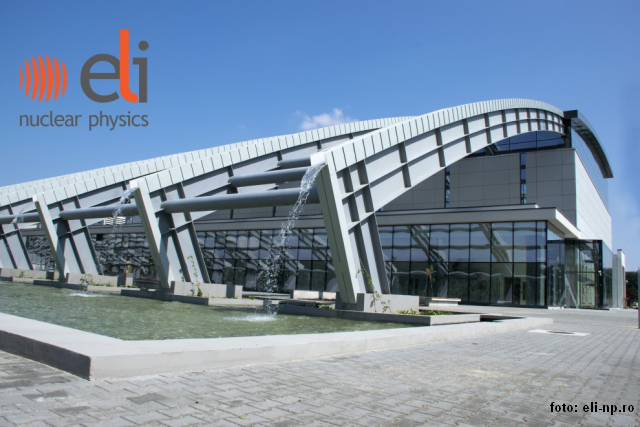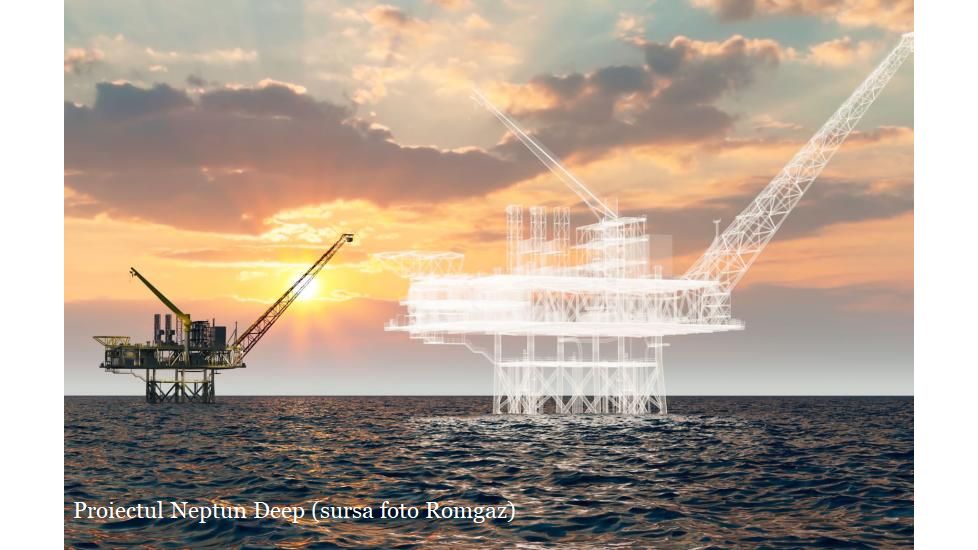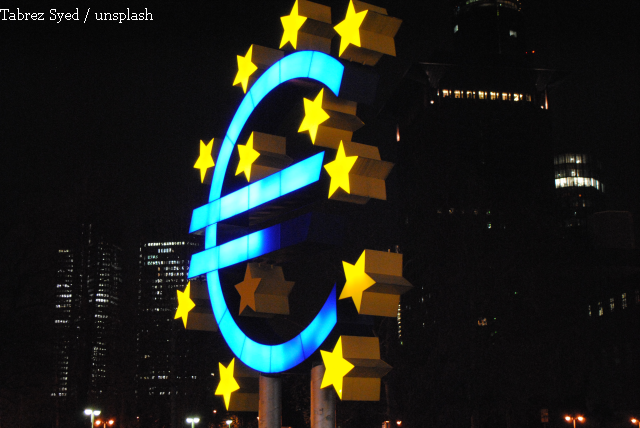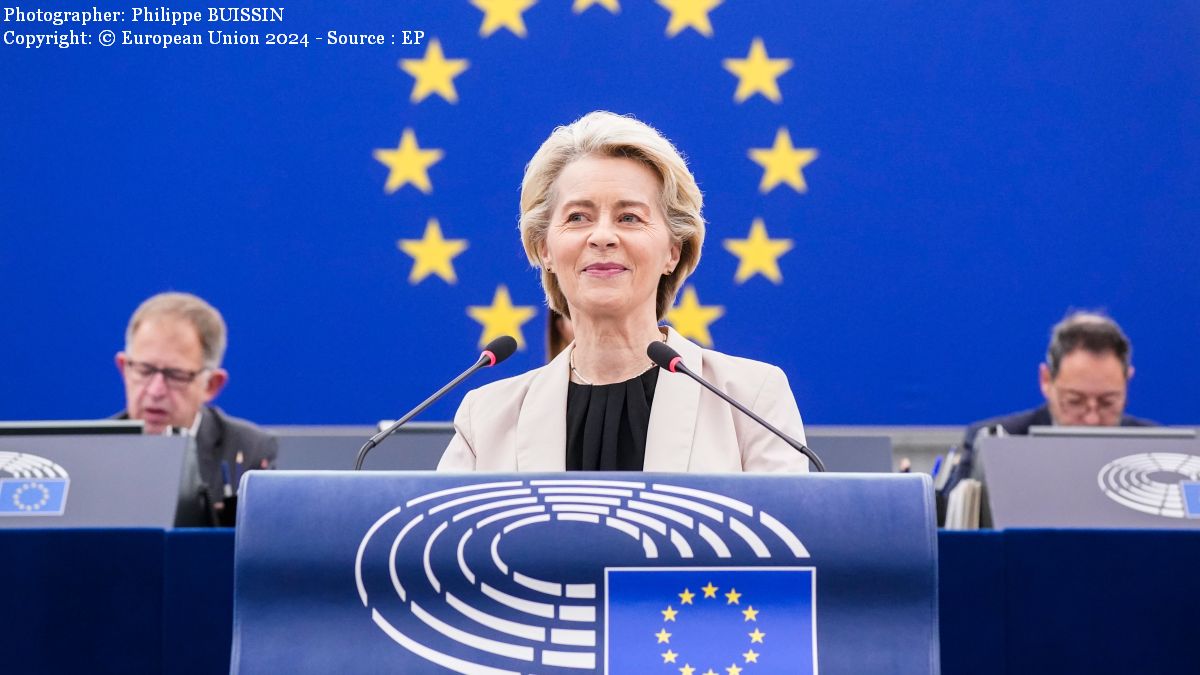A project with a major impact
The worlds largest laser, currently under construction at the platform in Magurele, near Bucharest, is scheduled to be ready by 2019, and is expected to generate substantial benefits in fields like medicine, pharmacy, astrophysics and nuclear physics.

Corina Cristea, 21.10.2016, 13:21
As much as 310 million euros has been
invested in this project, called ELI-NP, eagerly awaited by both the European
Union, and the rest of the world, and 50 scientists from Romania and abroad
have so far been hired to work on it.
The European Commissioner for Research,
Science and Innovation, Carlos Moedas, who has recently visited the Magurele
Platform, has described it as one of the projects that define his open science
strategy. I started my career as an engineer, so this project is music to my
ears, Moedas said. The important thing is for information to reach people in
the most intelligible form and to help them, the Commissioner said, mentioning
a chain of scientific breakthroughs, from the discovery of antimatter, which
led to the possibility to diagnose cancer, to Eistein’s 1915 Theory of
Relativity, which enabled us to use the GPS technology today.
Carlos Moedas pleaded for better
promotion of the ELI-NP, which he sees as a link between sciences and a magnet
for researchers. He has also said the project is one of the most important on
the continent and an opportunity for Europe to promote itself as a platform for
sciences. It is also something that connects science with people’s day-to-day life,
and we should talk about it more and attract as many people as possible to
experiment and to make the invisible world observable, Carlos Moedas added.
The complex in Magurele hosts the nuclear
physics section of the ELI (Extreme Light Infrastructure) project. The Romanian
pillar complements the other 2 components of the project, namely the
high-energy beam science facility in Prague, and the Attosecond Light Pulse
Source component to be hosted by Szeged in Hungary. The Romanian facility will
focus on fundamental research on ultra-high intensity laser and laser-matter
interaction.
The laser power will reach an impressive
10 million billion watt each, the equivalent of 100,000 billion light bulbs of
100 W each. As experts explained, if a laser pulse of such power lasted for one
second, it would require the entire amount of electricity produced in the world
for nearly 2 weeks to fuel it. This means the over 1,000 times the combined
power of all power plants in the world. But, because the light pulse is extremely
short, of just tens of femtoseconds (one millionth of one billion second), the
average energy consumption level is reasonable. The Magurele project sets an
example, scientifically and financially, according to the head of the Atom
Physics Institute attached to the platform,
Nicolae Zamfir: This is a symbolic project
for the European Commission, it is the first piece of major infrastructure
financed by regional development funds. This is one of the most highly
appreciated projects in Brussels.
While attending a meeting dedicated to
this project, Prime Minister Dacian Ciolos said that involvement was needed on
the part of local authorities and private businesses to reap the full benefits
that the Magurele laser could grant:
Dacian
Ciolos: This
research project can generate technological development, it can generate the
development of university learning, of a university campus, start-up
enterprises, SMEs working in various domains, using the technology and the
facilities offered by this laser. There is already an urban development project
for developing this area. We now have a study of the economic and social
development potential of the region. Within a few months, by mid-December, we
aim to have a governance concept for this territorial development project.
According to the Prime Minister,
investing in the Magurele laser could generate annual revenues of six hundred
million Euro, and around seven thousand jobs. Dacian Ciolos added that Romania
wants to go beyond research and applied research, using the laser as a source
for local development. One example to this end is the competition for urban
development for rebuilding the town of Magurele around the laser facility. Four
students from the Bucharest School of Architecture won first prize with the Sun
Valley Project, with streets, squares, parks and a balanced approach to
technology, public transportation and office buildings.






























